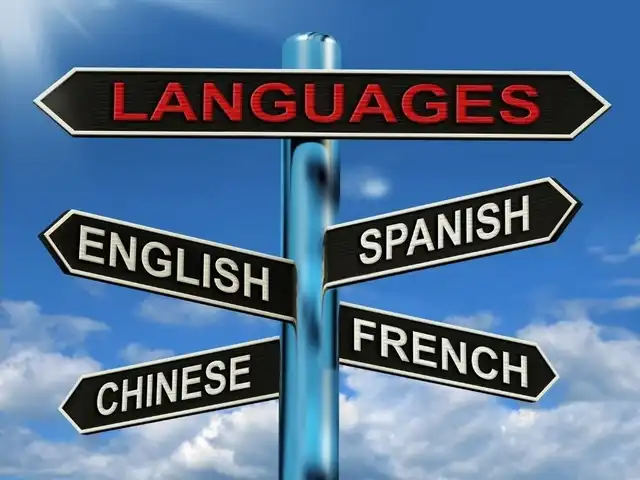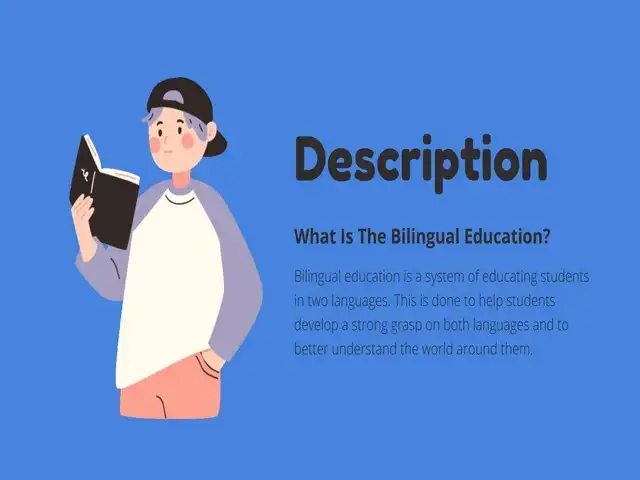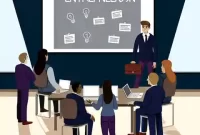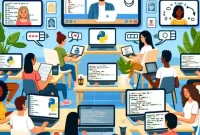Bilingual education is a system in which students learn two languages simultaneously. This kind of training aims to help students develop an improved knowing and fluency with the languages and assists them to be world leaders.
Bilingual education is implemented in several methods, such as bilingual applications or dual language immersion. It is implemented at the classroom level, where children are taught both languages from early childhood onward.
The History of Bilingual Education
Bilingual education has been around since the early 1900s, but it has recently found new relevance with the rise of technology. This post will explore the history of bilingual education and how its significance has changed with the rise of technology.
The History of Bilingual Education and How Its Relevance Has Changed with the Rise of Technology
Bilingual education is one way to provide children with a way to understand two languages at once. It was first implemented in Europe during the 1800s when schools began offering French and German training for children raised bilingually by their families.

5 Easy Ways to Help Foreign Language Learners Understand More with Less Effort
- Utilize the audio feature on your phone to listen to a native speaker.
- Please read the text aloud in your target language and write it down in English.
- Create a flashcard of words you don’t know in your target language and then use them as a verb or noun when speaking or writing in your target language.
- Makeup sentences using words from your target language and then translate them into English for understanding purposes.
- Use an app like Duolingo to learn new words and phrases in your target language.
What are the benefits of bilingual education?
These are some of the benefits of bilingual education.
- Include better communication skills, enhanced understanding, and improved long-term academic success.
- Bilingual students also generally have more extraordinary speaking ability than monolingual learners and higher cognitive skills in general due to using the two languages (the right brain is left-dominant).
Bilingual education creates better cross-cultural communication skills by requiring students to simultaneously use two or more languages, promoting their understanding and learning ability because they understand it from the inside out.
- Given that even monolingual native speakers make mistakes whenever they change between languages in real life, children who excel at language switching like American
The advantages of multilingual education applications vary based on the language, but they mainly include cognitive development, social and cultural development, and practical skills such as communication, reading, and writing.
What is the main point of bilingual education?
Bilingual education teaches students about other cultures, beliefs, values, and traditions.
What are the potential complications of bilingual education?
Among the potential complications of bilingual education is it is challenging to maintain language fluency in the two languages. It may not be possible for a student to understand two languages simultaneously.
In addition, there is a danger that bilingual students will not learn their native language properly enough to perform in the community as they grow older.
Which are the Countries That Offer Bilingual Education Programs?
The countries that offer bilingual education courses are Australia, Canada, Italy, France, Mexico, Germany, Ireland, and the United States.
Bilingual education programs are usually top-rated in Canada and Australia, with many immigrants.
Read also: Secretary Education
How to Start a Bilingual School or Classroom and What Resources Are Available for Teachers
Many bilingual schools and classrooms have been popping up across the country to offer the most excellent education for their learners.
The resources for teachers vary depending on what they want to educate. Many bilingual schools use various resources, such as bilingual books, storybooks, and videos.
Starting an education or classroom is difficult. It requires a lot of planning and preparation. But it is worth it in the end as your students will possess a chance to learn about different cultures and languages.
Resources on Multilingual Education
Education is becoming increasingly popular. With the rise of globalization, people have many opportunities to learn a subsequent language. Several sources are obtainable on the internet for those who want to learn a new language.
Here are some resources that can assist you in finding out more about multilingual education:
“Multilingual Education” by John L. Smith
“The Power of Language” by John L. Smith
“The Role of Multilingual Education in Global Societies” by Lauren Friesen and Thomas Hickey
Why is Multilingual Education Growing in Popularity Today?
Multilingual education programs are becoming increasingly more popular in the United States. There are several reasons for this growth. One of them is the population is becoming more diverse with people from different countries. Another reason is that there is a growing demand for multilingual content providers.
What Can You Do With a Multicultural Learning Plan?
A multicultural learning plan is an educational plan that helps students and faculty to learn about the diversity of cultures in a community.
Students need to be aware of the cultural differences in their community, as it will help them better understand their peers and how they can contribute to a more inclusive society.
There are many benefits of having a multicultural learning plan, such as:
- It helps students develop empathy for others.
- It allows for diversity education.
- It helps students become more engaged with their studies.
- It helps reduce prejudice.
A multicultural learning plan is essential for any teacher or school administrator. It is used to assist learners in developing their social details and prepare them for the world outside of the class.



